#urban forest
Text

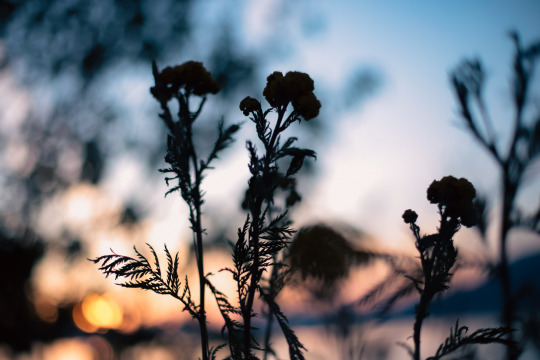

sammfisherphoto
#photographer#vancouver#photography#nature#travel#flowers#naturecore#aesthetic#british columbia#landscape#forestcore#photooftheday#photographers on tumblr#wonderland#cottagecore#urban forest#sunset#pastel aesthetic#bokeh#summer#beach#kitsilano beach#kits beach#tumblrphotos#instatumblr
2K notes
·
View notes
Text


entre azuis e rochas
#rio de janeiro#niterói#brasil#nature#tropical#nature photography#urban forest#urban photography#sightseeing#street photography
41 notes
·
View notes
Photo

84 notes
·
View notes
Text
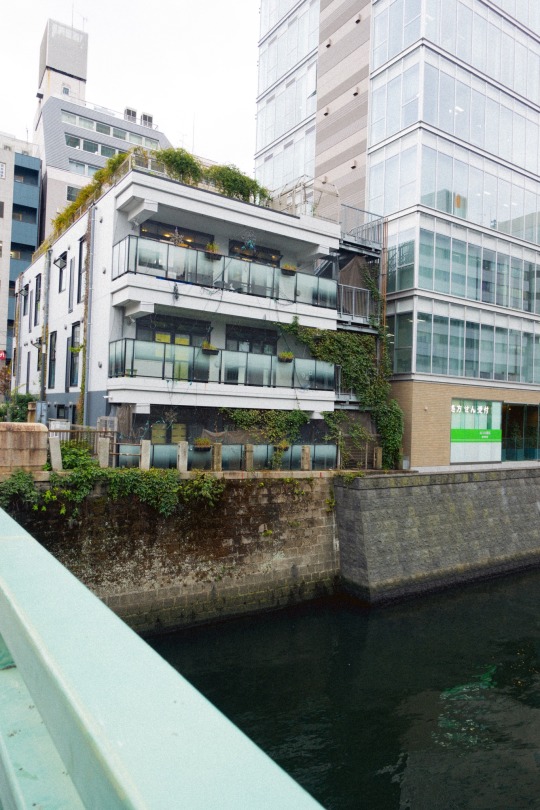
Apt Building overlooking the Kanda River. Chiyoda City. Tokyo, Japan.
#Kanda River#Apartments#Mansion#Mansions#Urban Landscape#Green Aesthetic#Urban Forest#Chiyoda#Tokyo#Japan#Photography#Plants#Moss
11 notes
·
View notes
Text

Abi Jayne Photo (c)
Cornwall beaches are absolutely divine, especially when they're empty
#photographer#photography#nature#travel#flowers#naturecore#aesthetic#landscape#forestcore#photooftheday#photographers on tumblr#wonderland#urban forest#sunset#bokeh#summer#beach#tumblrphotos#instatumblr#cornwall#england#ocean waves#ocean vibes
18 notes
·
View notes
Text
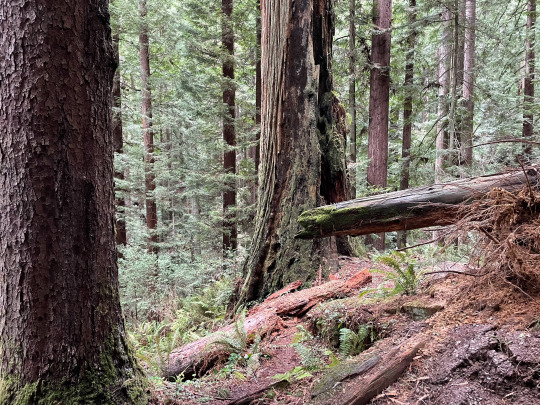
A rainy day deep in the wonderful Arcata Community Forest, Arcata, California. As it says, "just blocks from Downtown".
45 notes
·
View notes
Text
by Annelise Giseburt
Mongabay Environmental News
21 June 2023
The Miyawaki method is an afforestation technique for cultivating fast-growing groves of native plants, with the dense, mixed planting intended to simulate the layers of a natural forest.
Originally developed by Japanese ecologist Akira Miyawaki in the early 1970s for Nippon Steel, the method has been adopted by various Japanese corporations, which planted Miyawaki forests both domestically and overseas.
Although the popularity of Miyawaki forests has skyrocketed in India, some ecological restoration practitioners question the method’s applicability to the country’s diverse ecological environments.
KANAGAWA PREFECTURE – The Miyawaki method for cultivating fast-growing groves of native vegetation has found eager practitioners all over the world. But some say the method promises more than it can deliver, and that, in some cases, restorers are planting Miyawaki groves where they don’t belong.
Developed in the early 1970s by the late Japanese forest ecologist Akira Miyawaki, the method involves the following steps: determine the plant species native to a given area; improve the soil by mixing in organic material; plant seedlings of native trees and understory plants in a dense, mixed manner (about three seedlings per square meter) meant to simulate a natural forest; remove weeds from the site for up to three years after planting, if necessary.
After that, the grove is left to its own devices. Due to the dense planting, the seedlings grow quickly as they compete for sunlight.
Read more.
4 notes
·
View notes
Text
Urban Forests Create a Birdlife Boom in New Zealand Cities – Even Species Absent for Generations https://www.goodnewsnetwork.org/zealandia-park-creates-bird-species-boom-in-wellington/
Just ten minutes beyond the center of Wellington lies a wild paradise, where the birdsong of as many as 40 species ring out above hikers.
The massive urban forest of Zealandia is helping prove that if you restore native forest in cities, native species will come back, and for a place with as unique an ecology as New Zealand, that’s all the more important.
The park, described as an eco-sanctuary, is delightful on its own, but it’s having a halo effect on bird communities in suburban, and even urban areas of the nation’s capital.
The Zealandia model drove researchers to investigate whether native tree density in and around cities resulted in an increase in native bird species. To get an answer, they examined 25 urban forest projects totaling 72 years of work. They found that the longer the reforestation work, the greater the diversity of native species.
Furthermore, populations of invasive predators like weasels, cats, possums, and rats, which were logically thought to be a reducer of population, had no affect in areas reforested with native tree species.
Opened in 1999, native birds have since increased during annual counts by 50%, while for some species that aren’t rare but shy away from cities, those figures are much higher. The numbers of kākā had increased by 250%, kererū by 186%, and tūī by 121% (the Māori accents denote a long vowel, i.e. “too-ee.”)
“In the 1990s seeing a tūī in suburban Wellington was a big deal, let alone a kākā,” Adam Ellis, a keen birdwatcher in Wellington, told the Guardian, reporting on the news. “Zealandia … created such a change in bird life that birds like tūī became a common garden bird.”
82 notes
·
View notes
Text

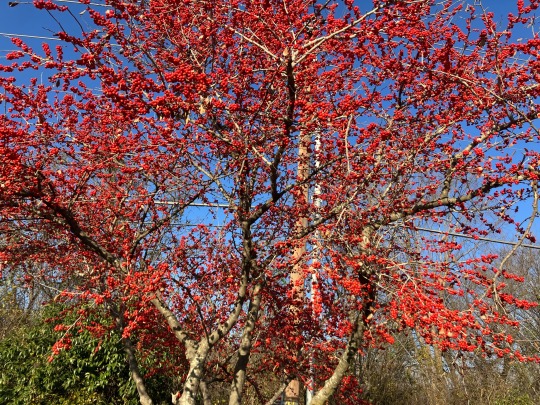

I often get asked why I "say the scientific name" after I identify a tree. It's because all plants have only one binomial name and that binomial applies to only one species. Here I have a small tree/large shrub that I call "deciduous holly" but folks here call "possum haw". I think the local common name is ugly and unfair for such a gorgeous creature. But also, possumhaw is used for other plants in other parts of the country. Deciduous holly is slightly prettier sounding, but it also is not unique to this species.
The binomial, however, is pretty sounding AND unique (and descriptive) - Ilex decidua. Ilex says it's a holly and decidua says it's deciduous.
9 notes
·
View notes
Text


The purple rhody is close to being done, and I gotta say it was a good year for it.
6/11/23
5 notes
·
View notes
Text
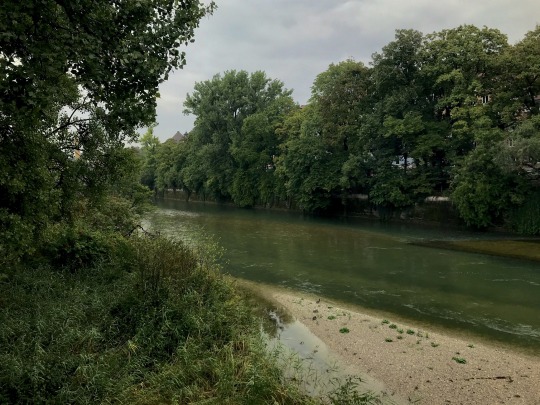
Munich, Germany
15 notes
·
View notes
Text
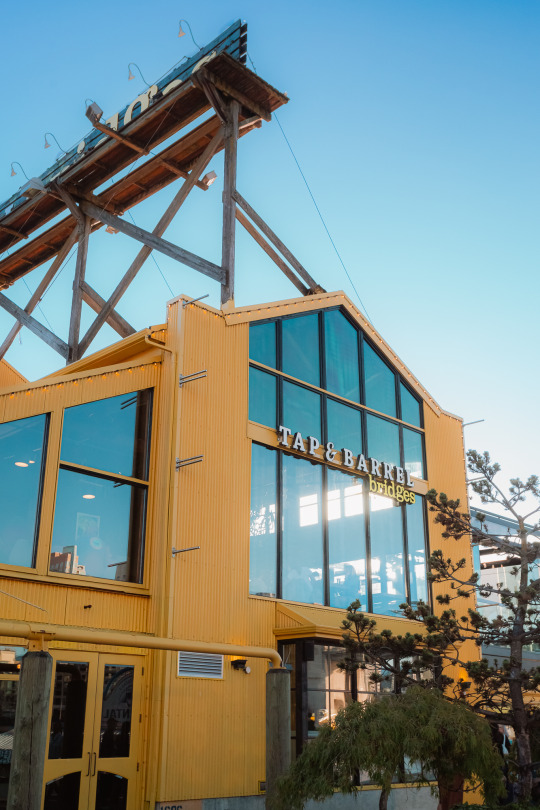


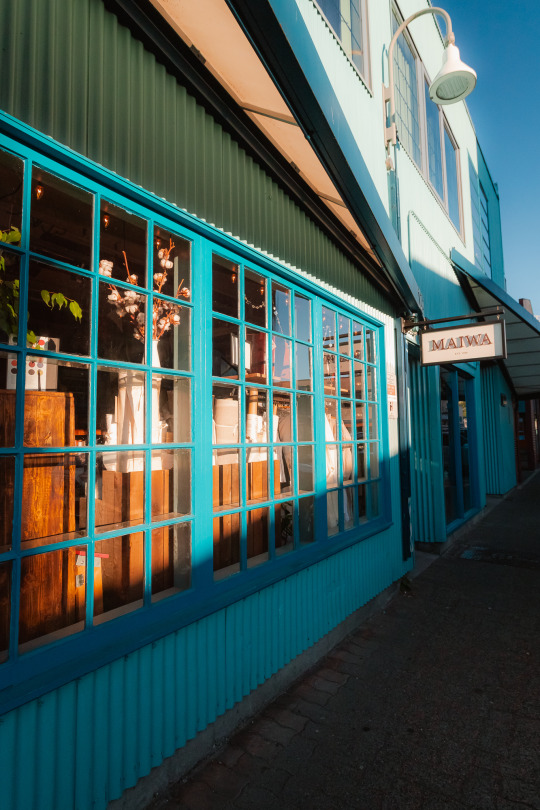
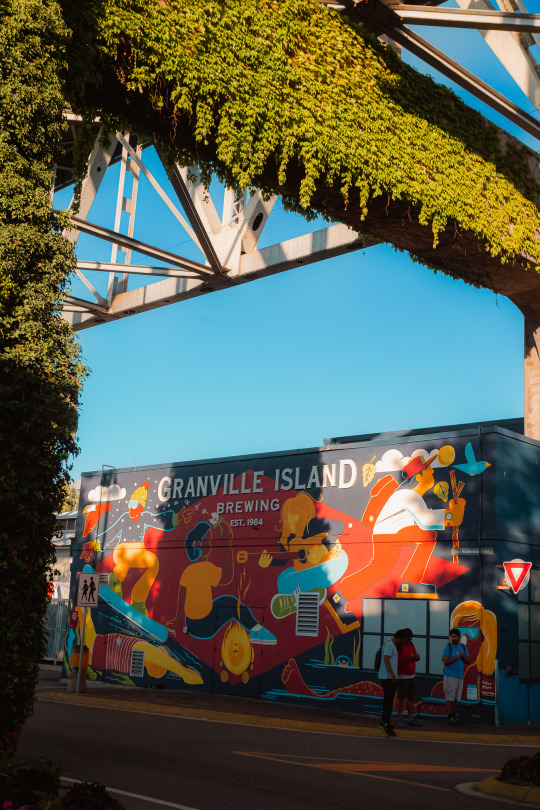

sammfisherphoto on instagram
Granville Island, Vancouver, BC
#photographer#vancouver#photography#nature#travel#flowers#naturecore#aesthetic#british columbia#landscape#forestcore#photooftheday#photographers on tumblr#wonderland#cottagecore#urban forest#sunset#pastel aesthetic#bokeh#summer#tumblrphotos#instatumblr#boathouse#granville island#golden hour
10 notes
·
View notes
Text
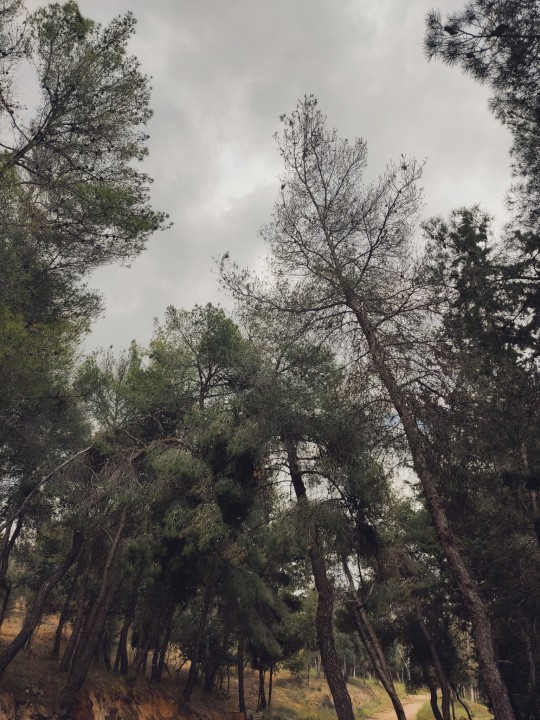
It felt like spring, but it wasn't.
2 notes
·
View notes
Text

Wissahickon Creek - November 19th 2022
#creek#urban forest#nature#philadelphia#Pennsylvania#i was so mad here someone killed rhododendrons to build a temporary shelter#like do you know how rare those are? i replanted some of their stakes but they usually dont take
3 notes
·
View notes
Text
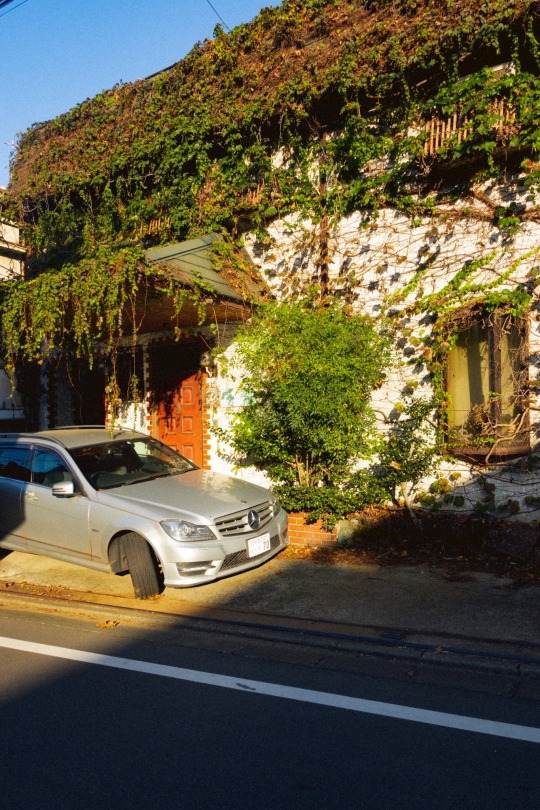
A house covered in vines. Koenji. Tokyo, Japan.
#Mercedes Benz#Station Wagon#House#Vines#Greenary#Green Aesthetic#Urban Forest#Urban Nature#Koenji#Tokyo#Japan#Photography#Sunshine#Shade
9 notes
·
View notes
Text
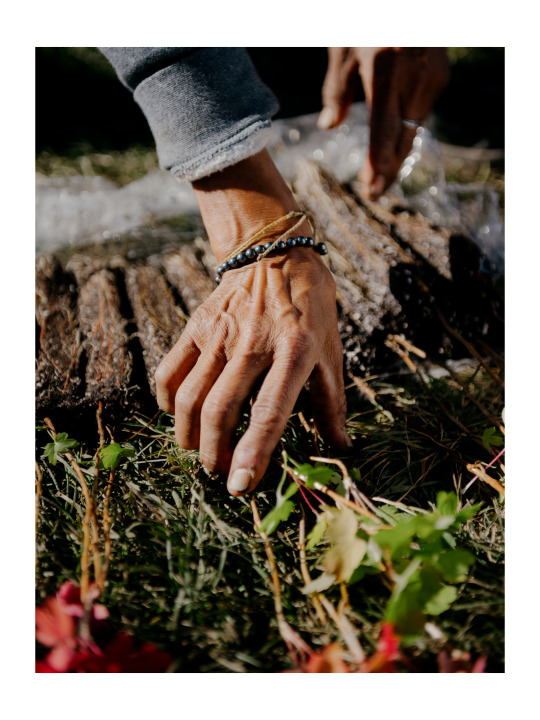
Yakima, Washington, 2023.
1 note
·
View note